Relapse happens. This is an unfortunate part of the disease we deal with and live with every day. The most important thing about relapse you should know is that the longer it persists, the more difficult it becomes to stop using. We encourage anyone who finds him or herself in a relapse to ask for help. There is no shame in relapse. Everyone deserves another chance at recovery.
Remember that relapse happens before the first drink, drug or bite. Look for relapse warning signs before they happen. Below is a list of possible relapse warning signs to be on the look-out fo
[siteorigin_widget class=”RT_Widget_ctawidget”][/siteorigin_widget]
- IRREGULAR ATTENDANCE AT MEETINGS: AA, NA or OA meeting attendance is spotty. Therapy sessions are scheduled and then cancelled or missed. There are rationalizations to defend this activity as treatment lost its priority. The effectiveness of treatment is questioned or put down all together.
- DEVELOPMENT OF AN “I DON’T CARE ATTITUDE”: This attitude usually serves to mask a feeling of helplessness and/or poor self-esteem.
- OPEN REJECTION OF HELP: Offers for help are dismissed. This can be done either by openly and angrily cutting off support or simply withdrawing from it.
- APPREHENSION ABOUT WELLBEING: There is an initial sense of fear and/or uncertainty. There is a lack of confidence in being able to stay sober, clean and/or abstinent. Often this feeling is short-lived.
- DENIAL: The denial system is reactivated in order to cope with apprehension, anxiety and stress. The denial is almost identical to that felt during the early stages of the initial treatment. Most people are aware of this denial when looking back, but not while it is going on.
- ADAMANT COMMITMENT TO RECOVERY: The person is convincing themselves they will never use again. This self-persuasion is sometimes very blatant and up front, but more often than not, is a private decision. Many report that they are anxious and hesitant to share this with counselors or fellow AA/NA/OA members. Once convinced that they will never use again, the urgency of following a daily program fades away.
- COMPULSIVE ATTEMPTS TO IMPOSE RECOVERY ON OTHERS: This attempt to impose recovery on others is rarely up front. It can be seen in private judgments about the alcohol/drug use or eating behaviors of friends and spouses and the quality of recovery programs of those recovering in AA/NA/OA. There is a focus more on what others are doing than on what they are doing.
- DEFENSIVENESS: There is a noticeable increase in defensiveness when talking about problems or recovery programs.
- COMPULSIVE BEHAVIOR: Behavior patterns become more rigid and repetitive. Conversations become controlled through monopoly or silence. There is a tendency to overwork and to get compulsively involved in other activities. Non-structured involvement with people is avoided.
- IMPULSIVE BEHAVIOR: The pattern of compulsive behavior begins to get interrupted by impulsive behaviors, and, in many cases, the impulsive behavior is an overreaction to periods of stress. Many times these overreactions to stress form the basis of decisions which affect major life areas and commitments to ongoing treatment.
- TENDENCIES TOWARDS LONELINESS: Patterns of isolation and avoidance increase. There are usually valid reasons and excuses given for the isolation. There are sometimes short episodes of intense loneliness at increasing intervals. Usually these episodes are dealt with either by compulsive or impulsive behaviors, rather than by pursuing responsible involvement with others.
- TUNNEL VISION: Viewing life only in isolated fragments. Focusing exclusively on one area and avoiding looking at others. Sometimes people preoccupy themselves with the positive aspects, and thus, feel overly secure and well off. Others preoccupy themselves with the negative and end up seeing themselves as being treated unfairly and helpless.
- MINOR DEPRESSION: Symptoms of depression beginning to appear and persist. Listlessness, flat affect and oversleeping become a problem.
- LOSS OF CONSTRUCTIVE PLANNING: The skills of life planning begin to fade. Attention to detail decreases and wishful thinking begins to replace realistic planning.
- PLANS BEGIN TO FAIL: Due to lack of planning, failure to follow through, lack of attention to detail or being realistic begins to fail.
- DAYDREAMING AND WISHFUL THINKING: The ability to concentrate fades and is replaced by fantasy. The “if only” syndrome starts to become more common. The fantasies are generally of escape or of being rescued.
- FEELING THAT NOTHING CAN BE SOLVED: Since there was a failure pattern being developed when plans fell through, this feeling begins to become over-generalized. The thought of “I’m trying my best and it still isn’t working out” may be real or imagined.
- IMMATURE WISH TO BE HAPPY: Conversations and thoughts begin to become vague and too general. There is a desire to “be happy” without ever defining what is necessary to be happy or have things worked out.
- PERIODS OF CONFUSION: There are periods of confusion, which increase in terms of frequency, duration and severity.
- IRRITATION WITH FRIENDS: Social involvement with friends, family, AA/NA/OA contacts and counselors begin to become strained and full of conflict. The conflict increases the more someone tries to confront the progressing downhill slide of the recovering person.
- EASILY ANGERED: Episodes of anger, frustration, resentment and irritability increase. Overreaction is more frequent and just as stress producing as the fear of overreacting.
- IRREGULAR EATING HABITS: Incidents of overeating or undereating occur. The regular structure of meals is thrown out the window and well-balanced meals are replaced with junk food.
- LISTLESSNESS: Periods of inability to initiate action develop. There is an inability to concentrate along with strong feelings of anxiety and apprehension. This is often reported as having a feeling of being trapped and having no way out.
- IRREGULAR SLEEPING HABITS: There are episodes of insomnia. If not insomnia, then there are nights of restlessness and fitful sleep. Due to exhaustion, there are sometimes sleeping marathons of 12 – 20 hours at intervals of between 6 and 15 days.
- PROGRESSIVE LOSS OF DAILY STRUCTURE: The daily living routine becomes haphazard with no regular hours of retiring or getting up. Inability to sleep results in oversleeping. There is no set mealtime and very poor social planning. There is a frequent missing of appointments. People here feel rushed and overburdened at times and at other times have large blocks of idle time and don’t know what to do with it. There is also an inability to follow through on plans and decisions. People report that they know what they need to do, but can’t seem to do it.
- PERIODS OF DEEP DEPRESSION: Times of depression are now more frequent and severe. They usually occur during periods of non-structured time and are more destructive to the lifestyle. The person tends to truly isolate themselves. They will complain that nobody cares and react with anger and irritability toward anyone that tries to help.
- DISSATISFACTION WITH LIFE: “Things are so bad right now, I might as well use, because it can’t get much worse.” The defenses are failing and people are starting to see how unmanageable their lives have become.
- FEELINGS OF POWERLESSNESS AND HELPLESSNESS: There is now an inability to act. The thought processes are scattered and judgment becomes greatly impaired.
- SELF-PITY: Often used as an attention-getting mechanism from family, friends and AA/NA/OA contacts.
- THOUGHTS OF SOCIAL USE: There is a realization that use might normalize some of the feelings and emotions. They start to play around with the idea that they might be able to use in a controlled fashion. Some put this out of their minds while others obsess on it.
- CONSCIOUS LYING: The denial and the rationalization is becoming so outrageous that even the addict recognizes them. Despite this recognition, they feel they are unable to stop the process.
- COMPLETE LOSS OF SELF-CONFIDENCE: There is a feeling that there is no way out of where they are or how they feel, no matter how hard they try. Often they become overwhelmed by the inability to think clearly.
- UNREASONABLE RESENTMENTS: There is a feeling of anger at the world in general, but there is nothing that can be done to change the situation. Sometimes, this anger focuses on specific scapegoats, and finally, on themselves.
- DISCONTINUING ALL TREATMENTS: People stop attending AA/NA/OA meetings altogether and have stopped the use of Antabuse/Trexan (if prescribed). There is a termination of counseling and an alienation of all help from friends and family.
- OVERWHELMING FRUSTRATION, ANGER, LONELINESS, AND TENSION: The person feels totally overwhelmed by their feelings and feels that there is no option but to go crazy, commit suicide or use again. The fear of insanity is intense. People end up feeling desperate and use is usually impulsive at this stage.
- THOUGHTS OF CONTROLLED USE: There are thoughts of controlled use. They start thinking they can use just a little, or just once. The disease starts telling them that it would be okay to use a drug that wasn’t their primary drug of choice or act out in other addictive behaviors.

